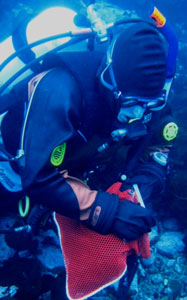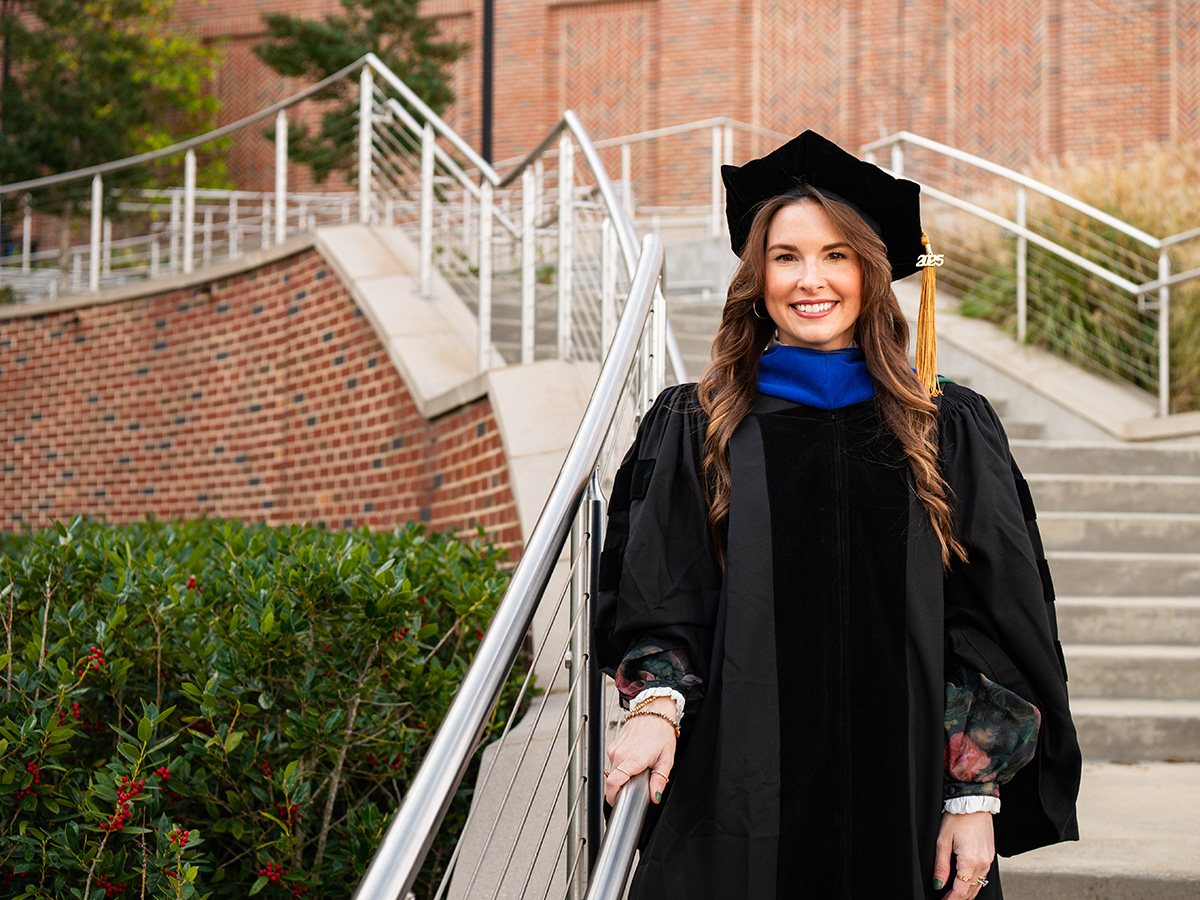Huge, craggy mountains laced with jagged icy edges. Penguins perched on frozen knolls and ridges, fur seals, crabeater seals, and others fishing amongst the floes. And massive chunks of glaciers breaking off into the sea as the warming global temperature melts away the edges of our southernmost continent.
 But for UAB Biology, the story is about what happens beneath the icy surface. The long-running team, which has been traveling on research expeditions to Palmer Station, Antarctica for 14 years, is focused on the algae and invertebrate life growing on the sea floor—a world that is rapidly changing as more of the surface ice melts, exposing the ocean bottom to sunlight.
But for UAB Biology, the story is about what happens beneath the icy surface. The long-running team, which has been traveling on research expeditions to Palmer Station, Antarctica for 14 years, is focused on the algae and invertebrate life growing on the sea floor—a world that is rapidly changing as more of the surface ice melts, exposing the ocean bottom to sunlight. “The majority of our work has always been focused on chemical ecology: the algae that grow there and the bad tasting chemicals they produce. ‘Why does it taste so bad? What eats the algae?’” explains Ph.D. student Julie Schram. “But recently we’ve started to look at the connections between climate change and ecology: how climate change affects life on the bottom. There is very little permanent sea ice, so light gets down to the bottom and that is creating a shift in the communities down there.”
Schram, along with team leaders Dr. Charles Amsler, Dr. Jim McClintock, and Maggie Amsler, recently returned from Palmer Station where their most recent grant has funded two years of research. Her video capturing the undersea landscape so few of us get to see—as well as the practicalities of living and working in polar conditions—is a side project. “Making these videos is relaxing to me,” she says. With a soundtrack performed by UAB Biology professor emeritus and project co-Principal Investigator Dr. Rob Angus and his band, the entire project reflects the many talents of the life sciences department.
But Schram says the legacy of UAB Biology is more about the work in the cold Antarctic seas than any video or musical score. “Our lab is uniquely poised to recognize and research changes in ecology, especially things that live on the bottom,” she says. “As far as I know, we are the only group that studies what we do at Palmer Station. UAB is uniquely poised to gather and interpret this data.”
Dive in and watch this remarkable documentary of UAB Biology’s work in one of the planet’s most rapidly changing ecosystems.
By Julie Keith


